Today, we know that they feed by hunting insects in the night, and their collective name is Nightjars (sometimes nighthawks).
Few people see them perching. I came across this Common Nighthawk in my trip through Oregon. There was a campground full of them. I first noticed suspicious rocks lying on the road alongside it, and turned around to see them flying up. That led me to the campground where most of them roosted.

This is the typical view of a nighthawk. The horizontal strips across the wings are a field mark for them:
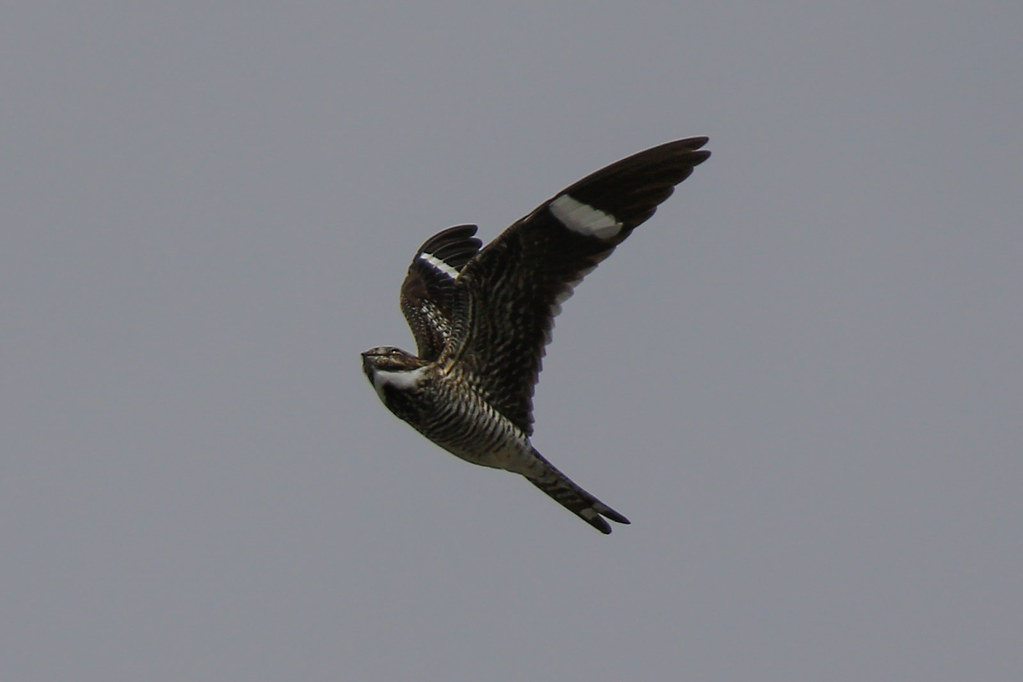
Common Paraque, a nightjar from Central America and south Texas (which is where we got it):
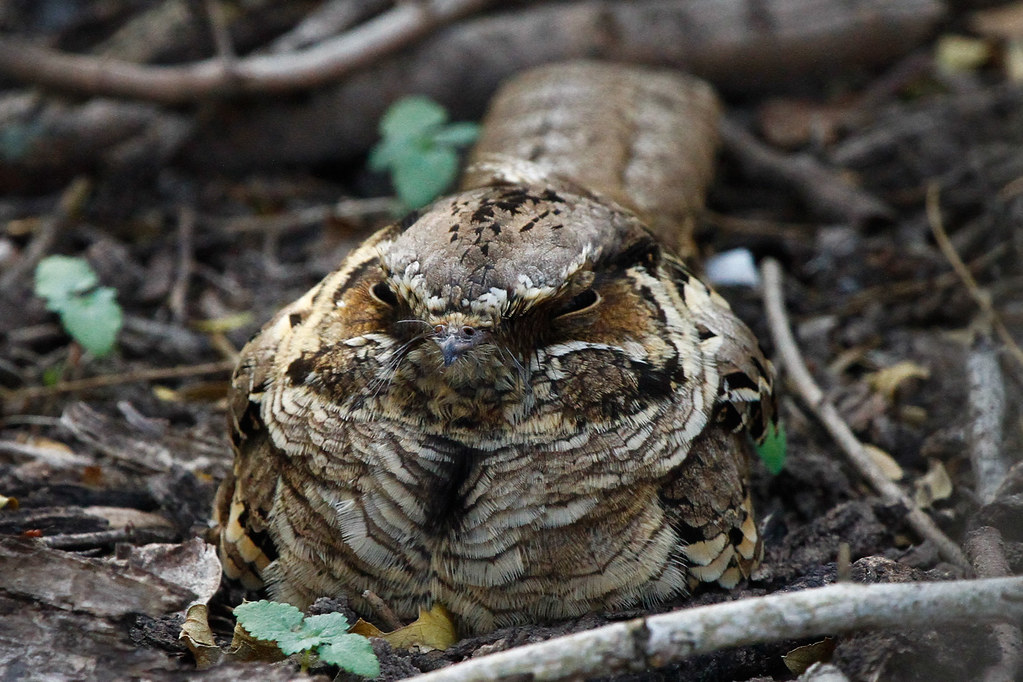
One of the smallest nightjars, called a Common Poorwill. The name derives from the sound that it makes. This one was on a remote road in the mountains of southern Arizona. The head is so big to accommodate its eyes. Just like an owl, it has to be able to see the smallest things moving around at night:

This is the one that started them all - the original Nightjar from Europe. I came across it purely by chance in Italy. You can see how they evolved to mask themselves as a stubby tree branch during the day:

Another Common Nighthawk, also found by chance, but in a very public place - path to a Sandy Hook beach:

Their bills are tiny, but their gape actually extends all the way to the eyes, so their mouths can open very wide to get that night insect:
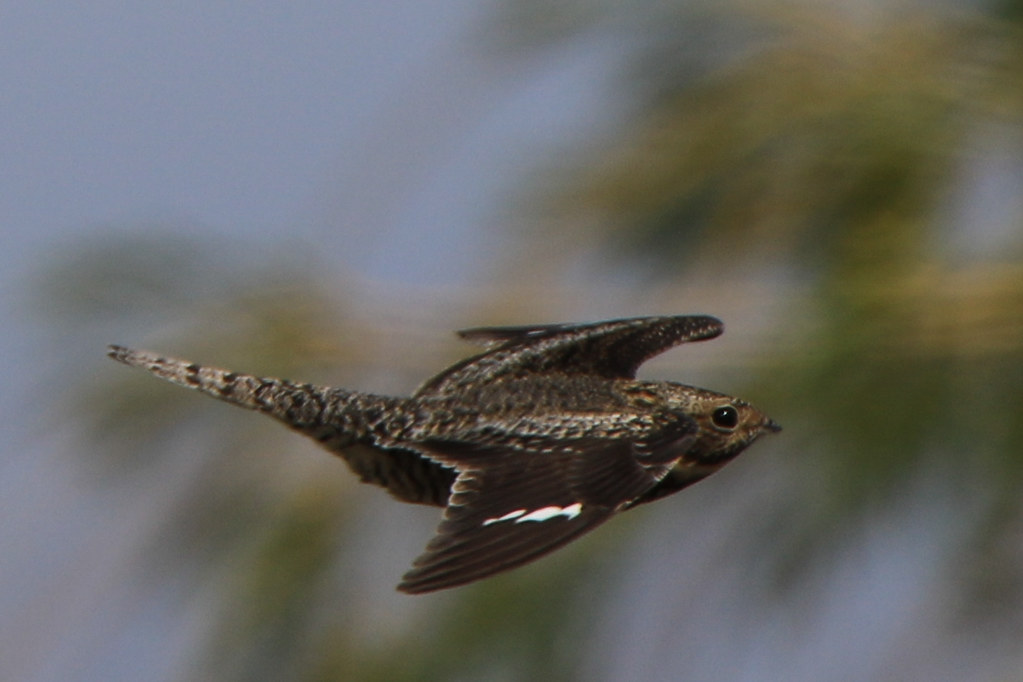
Another Common Paraque. If you didn't know where to look, you'll never notice it even if it was right next to you. This one was pointed out to us by a park ranger in Texas:
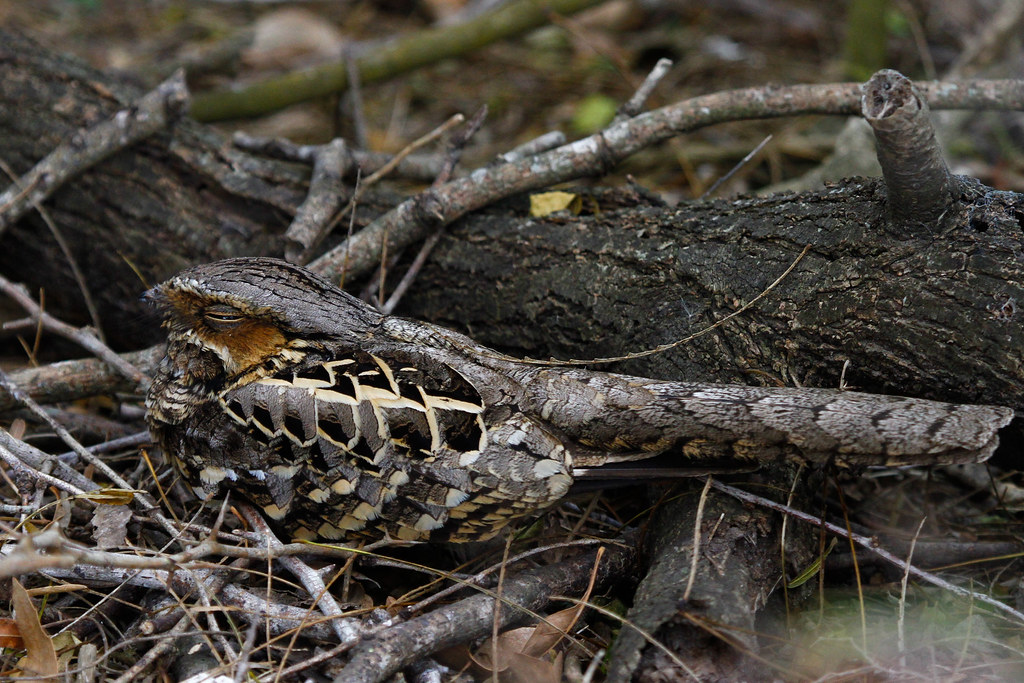
An active Buff-Bellied Nightjar from southern Arizona:
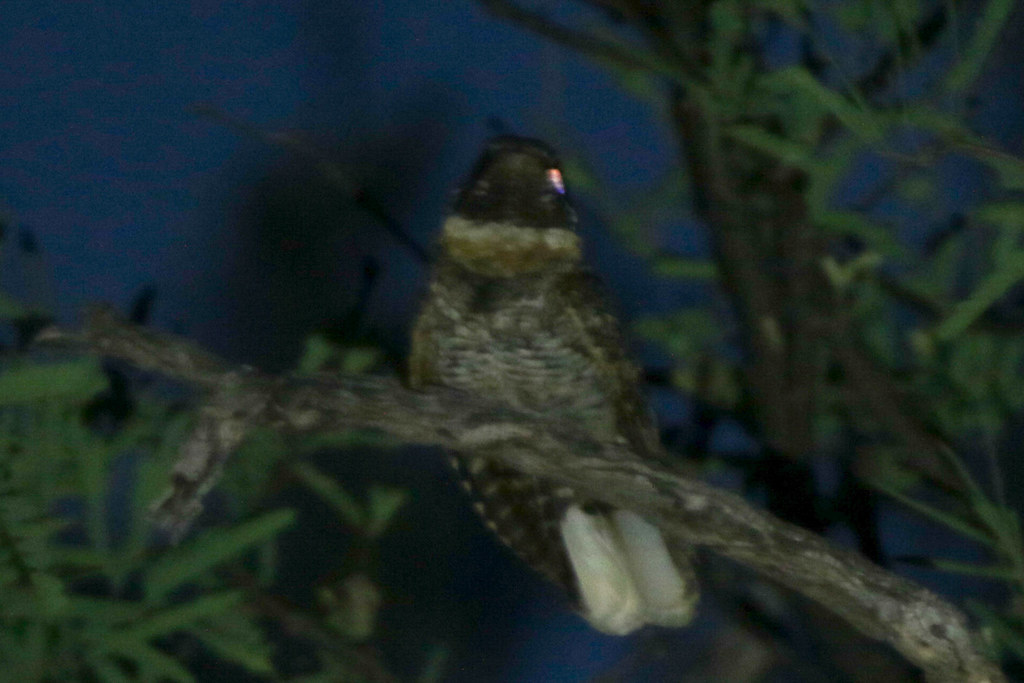

No comments:
Post a Comment